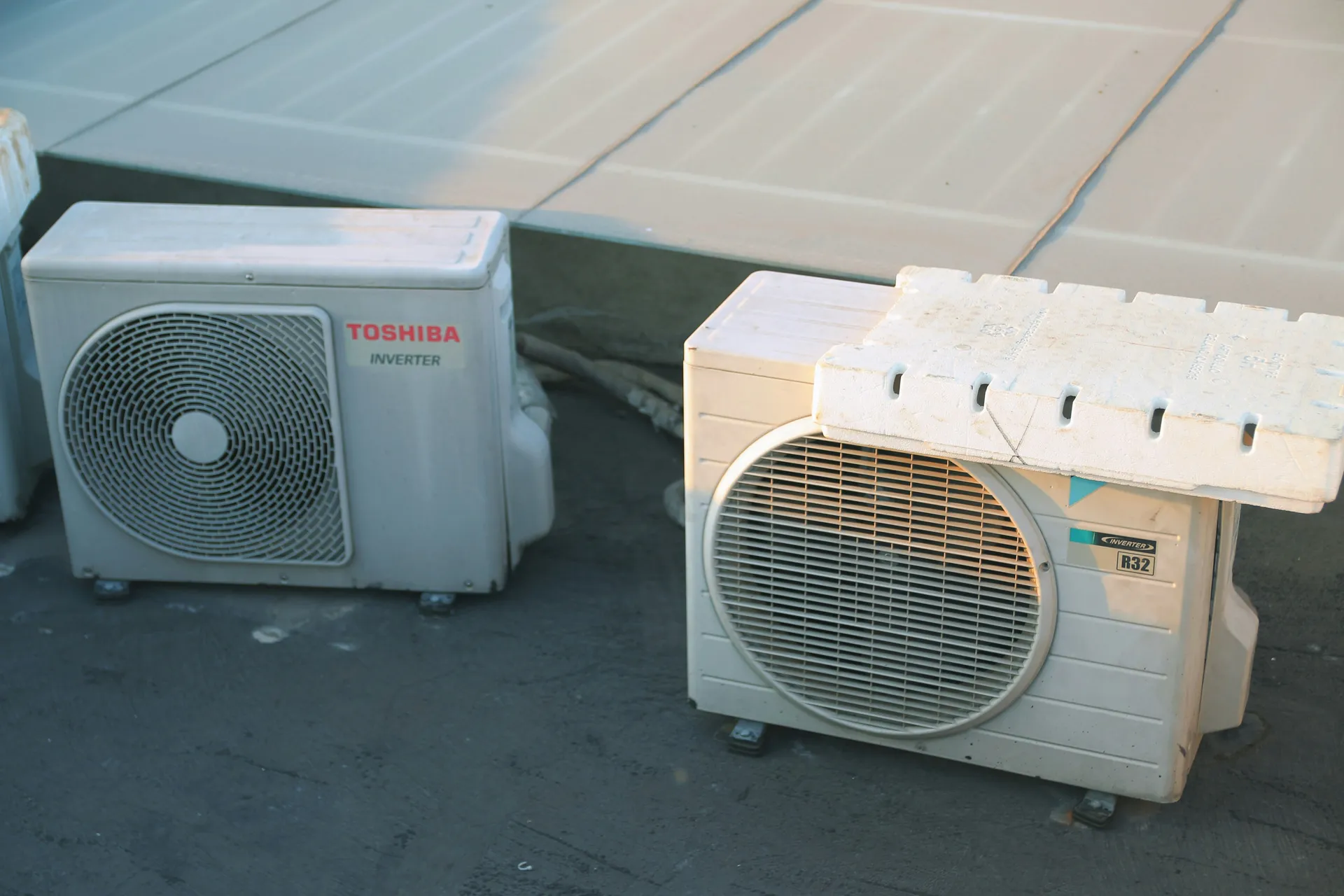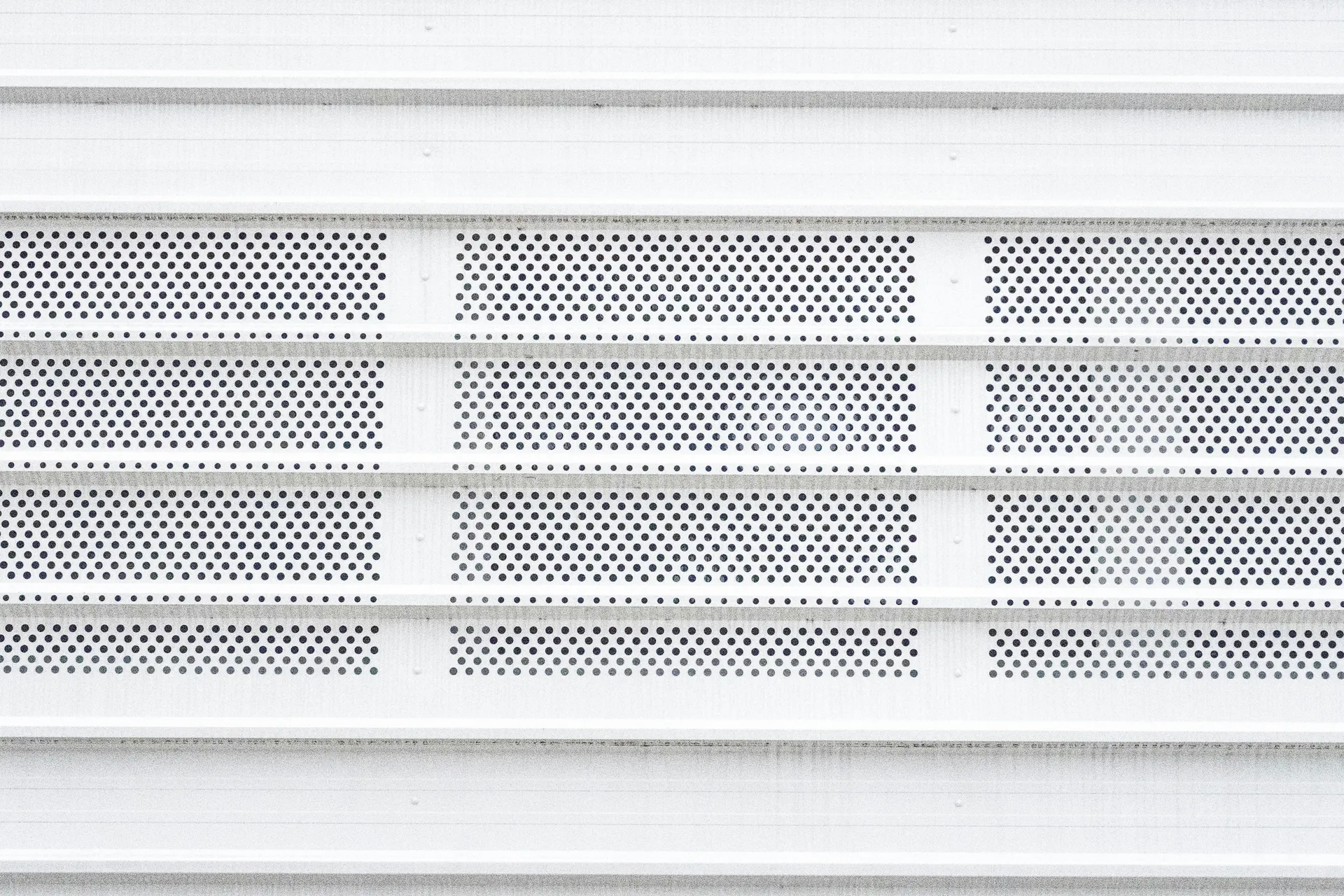Commercial HVAC Services: A Guide to Installation, Maintenance & Repair
As a commercial HVAC project manager, my conversations with facility managers and business owners aren’t about simple comfort; they’re about operational continuity, energy expenditure, and asset protection. A commercial HVAC system isn’t just a bigger version of a home AC unit—it’s a complex, integrated system that is the lifeblood of your business environment.
Understanding its unique demands is the first step to making smart, cost-effective decisions that protect your bottom line.
Commercial vs. Residential: More Than Just Size
Before we dive in, let’s clarify the key differences. A commercial system is fundamentally more complex, powerful, and regulated.
- Scale & Location: Commercial units are typically large, modular Rooftop Units (RTUs) that contain all components in one “package,” making them easier to service without disrupting business operations.
- Complexity & Drainage: Systems often feature intricate ductwork, multiple thermostats, and complex drainage systems to handle massive condensation loads. A simple clog in a commercial system can cause thousands of dollars in water damage.
- Regulation & Codes: Commercial installations are subject to stringent local, state, and federal regulations, including specific ventilation rates and safety protocols that residential systems don’t face.
Key Takeaways
- Commercial HVAC is a business-critical asset, not just a utility. Its failure directly impacts revenue and productivity.
- Preventative Maintenance Contracts are the single most effective tool to reduce energy costs and prevent catastrophic, un-budgeted failures.
- Choosing a service partner is a long-term strategic decision. Look for commercial experience, robust insurance, and clear Service Level Agreements (SLAs).
- Safety and code compliance, including integration with fire and life safety systems, are non-negotiable.
The Three Pillars of Commercial HVAC Service
Your HVAC strategy can be broken down into three core services. A true commercial partner excels at all three.
1. Installation: The Foundation of Performance
A flawless installation is the foundation of an efficient, long-lasting system. It’s more than just placing a unit on a roof.
- Load Calculation & Sizing: We use specialized software to perform a detailed load calculation based on your building’s size, occupancy, insulation, window area, and heat-generating equipment. An undersized unit will fail prematurely; an oversized unit will waste energy and control humidity poorly.
- System Selection: We help you choose the right type of system for your needs, whether it’s a traditional packaged RTU, a versatile split system, or a highly efficient Variable Refrigerant Flow (VRF) system for zoned control.
- Ductwork & Ventilation Design: Proper design ensures balanced airflow to every corner of your facility, which is critical for both comfort and meeting fresh air exchange codes.
2. Maintenance: The Key to Reliability and Savings
This is where your business saves the most money. An emergency repair is always more expensive than planned maintenance. A comprehensive preventative maintenance contract is not a cost center; it’s a high-ROI investment.
Related Commercial HVAC Resources
For comprehensive information about commercial HVAC repair issues and costs, see our detailed repair guide. Understanding common problems helps you make informed decisions about maintenance contracts and service providers.
What a High-Quality Maintenance Contract Includes
3. Repair: Minimizing Downtime
When a failure occurs, every minute of downtime can mean lost revenue. Your repair partner must be built for speed and accuracy.
- 24/7/365 Emergency Service: Your business doesn’t stop at 5 PM. Neither should your HVAC support.
- Rapid Response Time: Ask about their guaranteed response times, which should be clearly stated in a Service Level Agreement (SLA).
- Well-Stocked Service Vehicles: A technician who has to leave the site to get common parts is wasting your valuable time. Experienced commercial providers stock their trucks for the most frequent repairs.
Understanding Commercial HVAC Costs: Key Metrics
While every project is unique, understanding the order of magnitude for costs is critical for budgeting and decision-making. Below are typical cost ranges for professional commercial HVAC services.
Commercial HVAC Service Cost Estimates
| Cost Category | Typical Range | Key Driver |
|---|---|---|
| New System Installation (per Ton) | $1,500 - $3,000+ | System type (RTU, VRF) & installation complexity |
| Preventative Maintenance Contract | $500 - $2,500+ /year/unit | Unit size and Service Level Agreement (SLA) scope |
| Emergency Repair Call | $300 - $800+ (Initial Response) | Time of call (after-hours, weekends) and issue complexity |
How to Select Your Commercial HVAC Service Partner
Choosing a contractor is a long-term commitment. Use this checklist to vet potential partners.
Vetting Your HVAC Contractor
- License & Insurance: Verify they hold the correct state licenses for commercial work. Crucially, ask for a certificate of insurance showing adequate Commercial General Liability and Worker’s Compensation coverage.
- Commercial Experience: Ask for case studies or references from businesses similar to yours (e.g., retail, office, restaurant, medical).
- Service Level Agreements (SLAs): Request a sample SLA. It should clearly define response times, service hours, and what’s included in your contract.
- Technician Training: Inquire about their technician certification and ongoing training programs. NATE (North American Technician Excellence) certification is a strong indicator of quality.
- Customer Reviews: Look for reviews from other business owners on platforms like Google, the BBB, and trade-specific sites.
Safety, Compliance, and Integrated Systems
Commercial HVAC doesn’t operate in a vacuum. It’s a key part of your building’s overall safety and management ecosystem. This requires a level of expertise that goes beyond basic heating and cooling. For this, I often consult with specialists like Rachel Kim.
A modern HVAC system must be intelligently integrated with the building’s fire alarm and life safety systems. For example, in a fire event, the HVAC’s air handlers must be signaled to shut down immediately to prevent smoke from being distributed throughout the facility. Proper integration of CO2 and smoke detectors directly into the HVAC control logic isn’t just best practice—it’s a critical, often legally required, safety measure.
This integration is a perfect example of why you need a commercial specialist who understands not just HVAC, but the entire ecosystem of building management and safety codes.
Frequently Asked Questions
Related Commercial & Home Systems Resources
- Commercial HVAC Repair: Commercial HVAC Repair: Common Issues, Costs & Service Guide
- Complete Systems Guide: Home Systems & Appliances: A Complete Guide to Costs, Maintenance & Lifespan
- Furnace Service: Furnace Service vs. Repair: A Tech’s Guide to Costs & What to Expect
- Heat Troubleshooting: Heat Not Working in House? A Step-by-Step Troubleshooting Guide
- Electrical Safety: Electrical Panel Repair: When to Call an Electrician & What It Costs
- Building & Remodeling: Building & Remodeling: A Complete Guide to Costs & Planning
- Home Maintenance: Repairs & Maintenance: Your Complete Home Care Guide
- Outdoor Projects: Exterior & Outdoor Projects: A Complete Guide


